Fall Fashion Trends According to Solon High School (SHS) Students
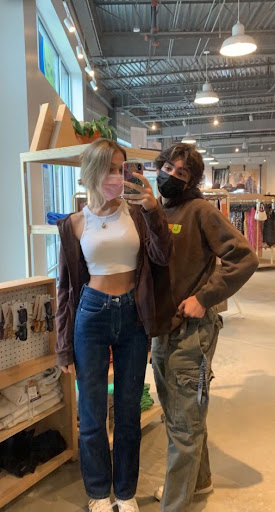
Max Moses and Sari Zager at Urban Outfitters.
November 9, 2021
Fashion trends change every season due to temperature changes. Clothes are bought, donated, gifted or traded. Some people have begun opting for more sustainable fashion, clothes that were made from ethical sourcing, but often come with a higher price. As an alternative to high prices, thrifting or buying clothes that have been worn and donated by other people are sold in Goodwill or consignment stores. Apps such as Depop and Poshmark allow users to sell clothes from their own home and pay a small percentage to the app. Some SHS students have taken to these methods to buy new clothes for the season.
Sarah Hall
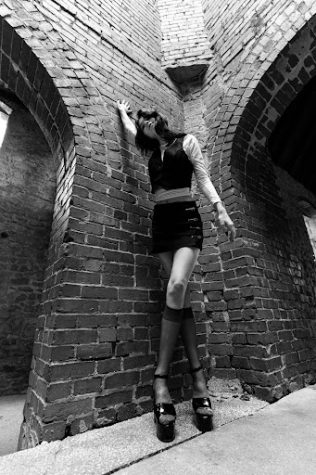
Senior Sarah Hall prefers looking fashionable over practical reasons such as staying warm. Hall gets her clothes from Depop, Omighty, TheRealReal and Urban Outfitters. Hall likes to wear platform shoes, maxi/midi skirts, leather, sweaters, layering clothing and accessories– her favorite accessory is pearls and necklaces.
“[I think] people don’t like pearls, but I love pearls,” Hall said. “Pearl necklaces are in, and I think they look good. Like the Vivienne Westwood necklace is very popular. Lots of layering of necklaces and just jewelry in general. Lot’s of rings, it doesn’t matter what kind, a lot of them.”
Hall hopes to see fashion from previous decades come back in style such as go-go boots from the 1960s, and geometric patterns and bell bottom pants from the 1970s. However, Hall also believes there are some fashion trends that should go away.
“I don’t like the industrial look…[referring to a popular piece of clothing in industrial style] the off-white belt looks like caution tape, it’s so ugly,” Hall said. “It kinda looks like a seatbelt on an airplane. I’m not a big fan of
techwear– I mean I get that some people are. I know in Korea it’s kinda big, but I don’t think it is here.”
Sari Zager
Junior Sari Zager likes bright red, neutrals, leather blazers and leather pants. Zager expressed how she is not a fan of neon, crochet clothing, or the clothing brand Shein and modern version of y2k style.
Zager believes some fashion trends from the last few years should come back.
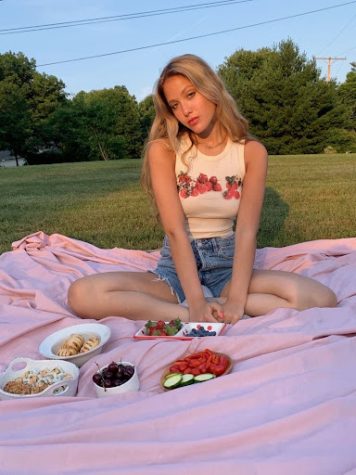
“I know this is very controversial, but I think we should bring back skinny jeans,” Zager said. “Like sometimes they’re disgusting, but I think they can be styled in such cute ways, and I think if anyone wears skinny jeans [you are judged for it].”
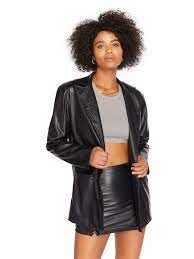
Zager worries about the impact fashion trends have on the environment. Zager only buys fast-fashion, clothing that is cheaper at the expense of unethical labor in other countries, when she makes money selling old clothes on Depop. Zager also expressed worries of thrift stores raising prices due to popularity, as low-income consumers often turn to thrift stores for their entire wardrobe.
“I just thrift and Depop, which is sustainable but [promotes gentrification through thrifted clothes price raising],” Zager said. “I feel like there’s never a real win for the consumer. If they buy fast-fashion, it’s bad. Also, if you’re thrifting constantly, then it’s gentrification of thrift stores. There’s no golden standard you can have as a consumer.”
Samuel Ushats
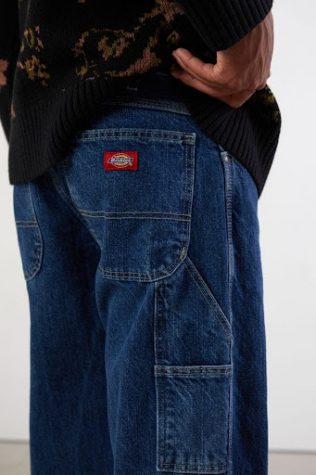
Senior Samuel Ushats prefers to wear clothes that he thrifts in as it makes him feel more comfortable in his skin. He prefers Wranglers and Dickies Jeans.
“Ninety percent of the clothes that I wear, I thrift just because, number one, it’s [better financially],” Ushats said. “Number two…it’s good for the environment…[Number three, thrifting allows Ushats to buy] older kinds of clothes like sweaters from forever ago and pleated pants.”
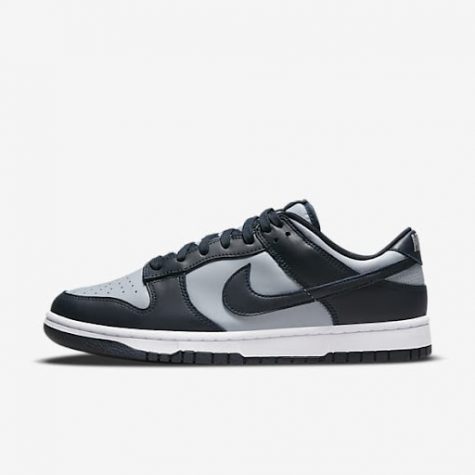
Ushats attributed today’s current fashion trends to TikTok,
“TikTok is what’s really taken a lot of fashion trends to the next level,” Ushats said. “You have a bunch of people [wearing Dr. Martens which] are already blowing up even more than they were [before TikTok popularity]. I like older [Nike styles such as lows and dunks].”
Max Moses
Junior Max Moses describes his taste in fashion as streetstyle. Moses likes statement pieces
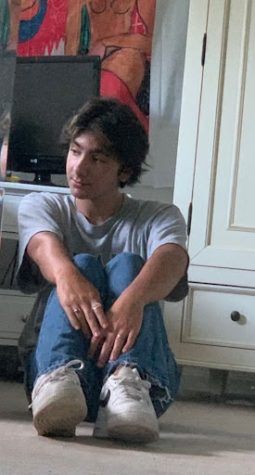
due to their versatility, as he can use them to dress up or down. Moses considers thrifted sweaters, jackets, hoodies, cargo pants, a couple pairs of jeans and a couple pairs of khakis pants to be his essential clothes. Accessories for Moses are what he considers the standouts of his outfits.
“Accessorizing makes the outfit,” said Moses. “I think rings, and necklaces, and chains and cool shoelaces really make an outfit. As long as you have a solid base, you can always dress it up from there.”
Moses explains how he likes to get his clothes from thrift stores as well as online sites that are not as popular. When he buys a piece of clothing, he wants it to last for years or until it no longer fits. Through skills he learned from home education in seventh and eighth grade, Moses fixes clothes if he has a button come off or if a hole is made in the fabric.
Moses gave advice when it comes to fashion,
“This is something really important that I think everybody should think about,” Moses said. “Don’t dress for anybody else. You want to express your own personal style and look cool. But at the same time, if you’re dressing a certain way to look to [be perceived a certain way] or to be friends with certain people, it’s really not worth it. You should be able to express yourself in the way that deep down you truly feel, and that shouldn’t be influenced by anyone else.”
Overall
Hall, Moses, Ushats and Zager agreed that they would like to see people be more open to fashion that defies the boundaries of what is considered gendered fashion, women’s and men’s’ clothing. Moses and Zager, who are good friends, like to borrow clothing from each other due to having similar styles, as well as similar size.
The students believe that clothing that is considered feminine and masculine should not strictly be limited to females and males respectively. They consider being fashionable as wearing what makes an individual feel confident, not conforming to societal expectations and standards.
Fashion trends change often, and so does the kind of clothing we have in our closet. When a piece of clothing is no longer considered trendy or fashionable, it is often thrown out or donated, replaced by the latest trend, with the cycle repeating. Hall recommended buying pieces that are timeless, pieces that have consistently remained popular or essential in your wardrobe. Moses recommended not buying clothing you know you are not going to wear for only a little bit.
Zager, on the other hand, took a different approach to getting rid of clothing that is not considered trendy anymore: keeping the item. Zager points out that people often spend a lot of money on clothes considering clothing trends change quickly. A style that is not popular now is likely to come back into style again. Money is saved when clothes are saved too.

Robyn Benjamin • Apr 13, 2022 at 7:44 pm
Hannah, What a great job you did with this article! I was looking up my friends and colleagues in the Journalism field, and I found this eclectic fashion article. Although the whole piece is wonderful, I especially liked the quote at the end of the Max Moses section. I myself am a strong believer in individuality and encouraging and promoting individuality in younger people.
Hannah, A job well done! RB in Charlotte NC
Stevie • Nov 9, 2021 at 3:36 pm
These articles are my literal favorite thing in the world. @hannah ily